
views
X
Research source
Both types of flies are designed to mimic the shape and movement of various insects that fish species commonly feed on. The pheasant tail nymph fly is a popular and effective fly. The methods that you use to tie this fly will lay the groundwork for almost any other type of fly that you choose to make.
Finding Supplies and Setting Up
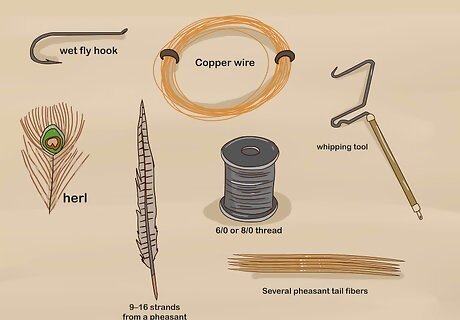
Gather your supplies. Visit an outdoors-oriented store (such as a Bass Pro Shop) that stocks a wide variety of fly fishing hooks and tying materials. The pheasant tail nymph is one of the simpler wet flies. You’ll need to purchase: 1 regular wet fly hook 9–16 strands from a pheasant tail feather (or substitute strands of a similar tail feather) Copper wire 4 strands of course peacock tail fibers (often called “herl”) Several pheasant tail fibers 6/0 or 8/0 thread A whipping tool
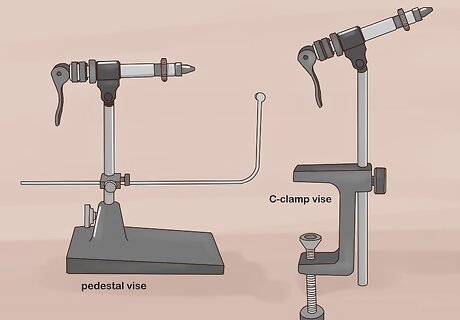
Select a type of fly vise. The fly vise is an important component in tying your fly; the vise will hold the hook steady and give you a stable platform to tie on. The 2 varieties of vise are pedestal and C-clamp. Both have their advantages: the pedestal can be used on any surface and travels well. The C-clamp vise must be attached to the edge of a piece of furniture (like a work table), but it’s less likely to slip around. Many fly vises also have a rotary action, which allows you to spin the hook and makes tying flies easier. Keep in mind that vises can be expensive. A nicer model can cost as much as $200, so budget accordingly.
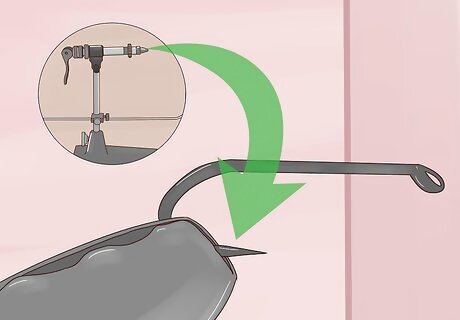
Hold the bent part of the hook in a vise. Tying a fly requires painstaking work with a number of loose, small parts. You won’t be able to effectively tie a fly if you’re using one hand to hold your hook. A vise will remove this difficulty. Place the bent end of your hook in the vise, and clamp the vise shut until the hook is firmly in place. Using the vise is also a safety precaution. None of the other elements of the fly can hurt you, but without a vise, the hook could easily slip and stab your thumb or hand.
Assembling and Tying the Fly
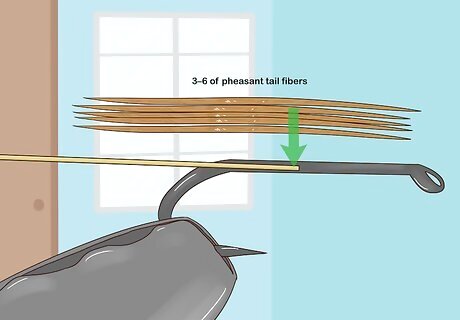
Lay the “tail” and copper wire on the nymph. Take 3–6 of your pheasant tail fibers and lay them alongside your hook. The fibers should start at the base of the hook, and should extend out past the curved end of the hook by about ½ the total length of the hook. On top of this, place the piece of copper wire that you purchased. You’ll use this to “rib” the fly. So, if your hook is exactly 1 inch (2.5 cm) long, make sure that the pheasant tail fibers extend 0.5 in (2.3 cm) past the business end of the hook (the sharp, curved end). Make sure you purchase your copper wire at a fly-fishing store. Copper wire from a craft store will be much thicker and harder to bend. The piece of wire should be about twice as long as the hook itself.
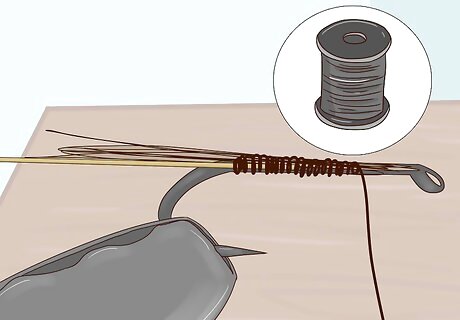
Tie your 6/0 or 8/0 thread around the hook and materials. For this first tie, wrap your line around the full length of the hook shaft. It should take about 30 wraps to fully cover the shaft. Tie it tight, so that the copper wire and pheasant-tail strands can’t slip out. Don’t cut the thread after this tie; let it hang down. In order to prevent the tip of the thread from hanging loose, wrap the first 2 or 3 loops of thread in a way that hold the tip firmly against the shaft of the hook. If looking at the small hook, feathers, and line strains your vision, consider looking through a magnifying glass or reading glasses, or using a pair of tweezers to handle the thread.
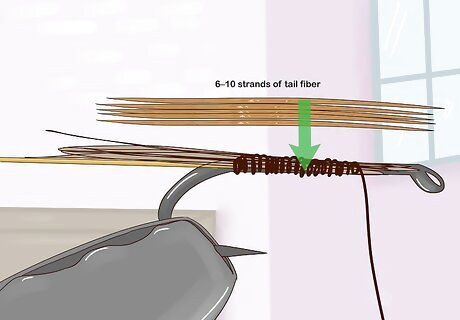
Tie 6–10 strands of tail fiber to the hook shaft. Lay 6–10 of the tail fiber strands along the hook shaft, with the bushy ends extending out past the curved end of the hook. Take your 6/0 or 8/0 thread and wrap it around the tail fibers another 30 or so times until you’ve wrapped the full length of the hook shaft. Let the thread hang down after you wrap.
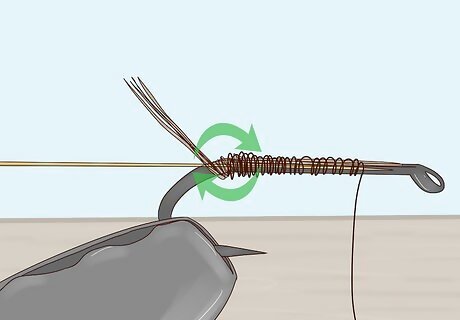
Wrap 2/3 of the hook in tail fibers. Take 3 or 4 strands of pheasant tail feather and wrap them around the hook, just like you’ve been wrapping the hook with the 6/0 thread. Start near the curved head of the hook, and wrap the tail fibers about 2/3 of the way down the hook. Leave them loose at the end for the moment; you’ll pick them back up after you rib the fly.
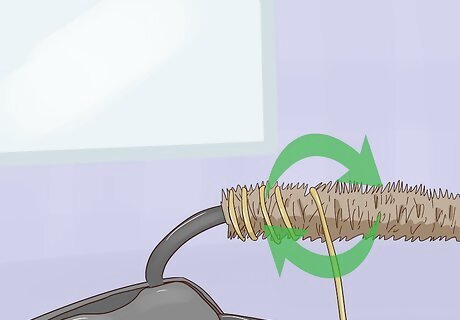
Rib the copper wire around the tail fibers. Take the copper wire that you tied in earlier, and bend it back towards the hook. Proceed to wrap the copper wire as tightly as possible around the body of the fly. Since you’re starting at the hooked end and wrapping towards the hook’s eye, you’ll be ribbing the fly in the opposite direction from that which you’ve been tying the thread. Ribbing derives its name from the appearance of the copper wire when wrapped around the hook. It imitates the structure of ‘ribs’ on the sides of the nymph’s body.
Completing and Whipping the Fly
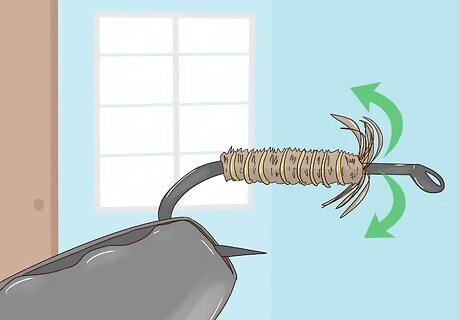
Fold the tail fibers back over the hook. Grasp the tail fibers that you earlier wrapped around 2/3 of the hook, and fold them back over the back of the fly. You don’t need to worry about keeping them on the hook, since the copper wire you’ve wrapped around will be holding them in place.
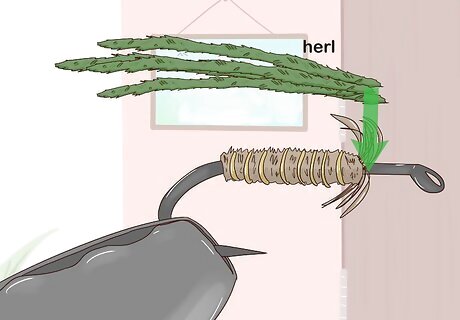
Place 4 strands of herl over the tied-down tail fibers. Position them so that the bases of the herl strands are all set at the base of the hook. The herl strands should extend past the bent tip of the hook, pointing in the same direction as the bent tail fibers.
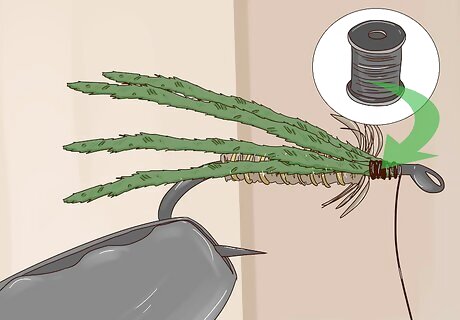
Tie the tail fibers and herl in place. Use your dangling 6/0 or 8/0 thread to wrap around the base of the herl and tail fibers. Keep pressure on the thread while you’re wrapping, so that the loops will be close together and the herl will be held firmly in place. You only need to wrap the bottom 1/3 of the fly at this point. Don’t wrap the whole thing, or you’ll smash the tail fibers and herl down.
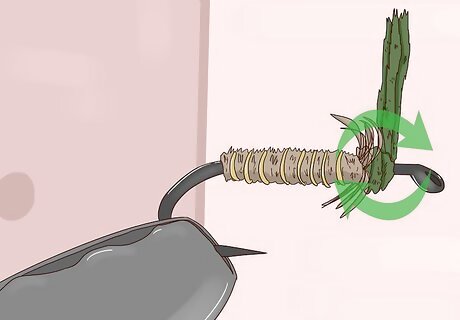
Bend the same pheasant tail fibers back towards the hook’s eye. Move the herl out of the way first, then pull the tail fibers back towards the rear eye of the hook. At this point, they should extend just past the rear of the fly.
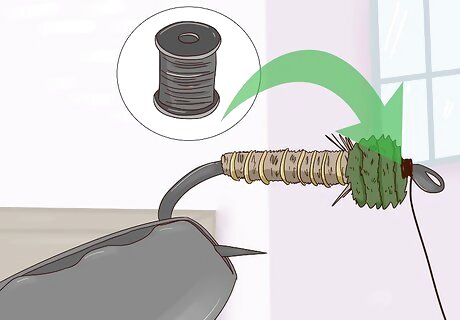
Wrap the tail fibers in place. Wrap your 6/0 or 8/0 thread around the bent tail fibers just above the eye of the hook. This will keep them from bending back out of shape. This will form the large ‘thorax’ section of the nymph fly you’re tying. Use a sharp pair of scissors to trip off any excess herl strands that extend past the point where you’ve tied the ‘thorax’ off.
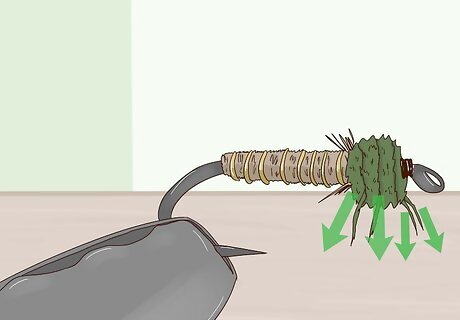
Make 2 groups of ‘legs’ out of the herl. Take the herl that you wrapped in place along with the tail fibers. Divide the 4 herl strands into two even sections: two strands on each side of the fly. Press the sections of herl close against the body of the fly, and use your thread to wrap them in place. These tied clumps will simulate the ‘legs’ of the nymph fly you’re tying. It’s fine if the herl strands extend back past the hook end of the fly.
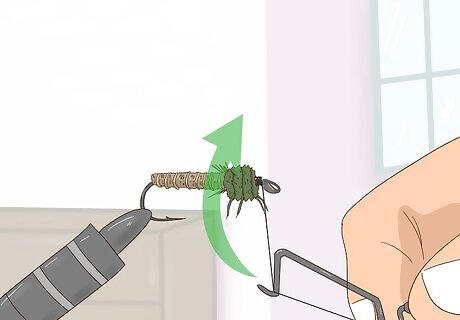
Hook the whipping tool onto the loose thread. Whipping is the final step in tying any fly, and the way in which you tie off the 6/0 or 8/0 thread you’ve been using so that it doesn’t unravel. Hook the point of your whipping tool under the loose thread dangling from your fly. Then, wrap the loose thread around the indented bend lower on the whip tool. Use the fingers of your free hand to hold the loose thread off to the side so it doesn’t get tangled.
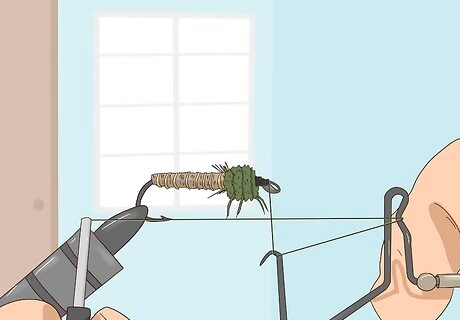
Whip the fly. Position the tool for whipping by tilting your hand up until the tool is horizontal and parallel to the fly. Spin the tool around the shank of your hook 4 or 5 times. This will wrap the loose thread firmly against the body of the fly. Finally, unhook the thread from the indent and pull the loose thread tight. Then slip the hook out from under the whipped thread. Once you have whipped the fly, you can cut the 6/0 or 8/0 thread off at its base. The tie will not unravel.
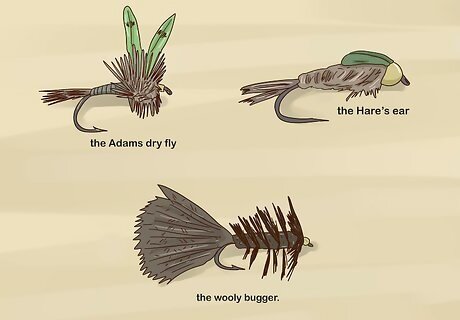
Expand your repertoire of flies. The pheasant tail is a good beginning nymph, since it’s effective when fishing. Also, the types of materials and wrappings that it takes to make one are representative of many other common nymphs and dry flies. Once you’ve tried tying the pheasant tail nymph, you can move on to a number of other fly varieties including: the Hare’s ear the Adams dry fly the wooly bugger.













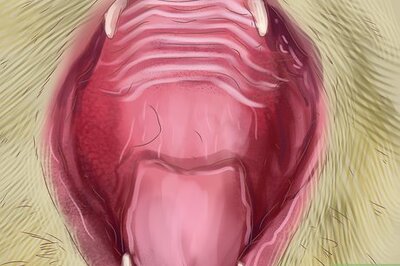




Comments
0 comment